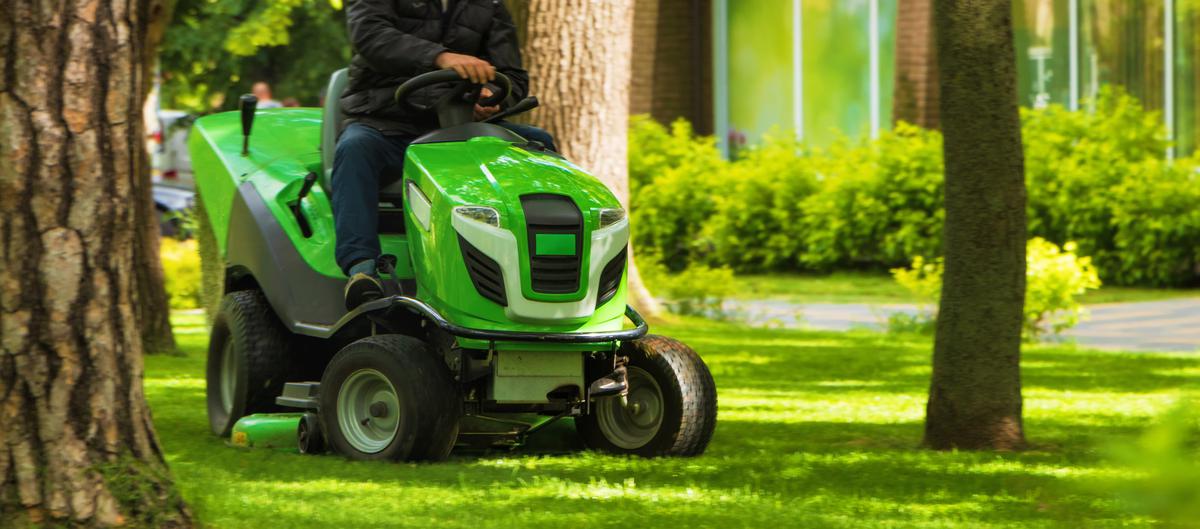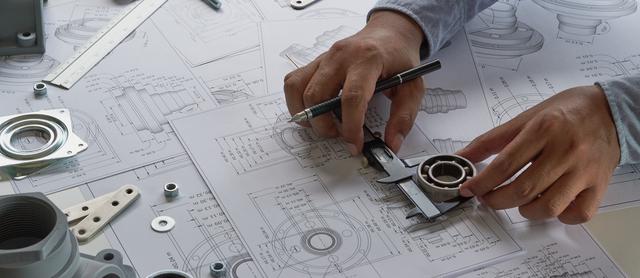Starting Problems
If your riding lawn mower won't start, there are a few things you can check. First, make sure the battery is fully charged, and the terminals are clean and tight. If the battery is good, check the starter solenoid and starter motor for proper operation. A bad solenoid or starter motor can prevent the engine from turning over.
If the engine turns over but won't start, check the fuel system. Make sure there's fuel in the tank and the fuel filter isn't clogged. If the fuel system is good, check the spark plug for proper operation. A fouled or worn spark plug can prevent the engine from starting.
Uneven Cutting Patterns
If your riding lawn mower is leaving uneven cutting patterns, there are a few things you can check. First, make sure the blades are sharp and properly balanced. Dull or unbalanced blades can cause uneven cutting patterns.
If the blades are good, check the deck for proper levelness. Uneven deck levelness can cause uneven cutting patterns. Adjust the deck level as needed.
Stalling and Performance Issues
If your mower is stalling or experiencing performance issues, check the air filter for cleanliness. A dirty air filter can cause stalling and performance issues.
If the air filter is good, check the fuel system for proper operation. Make sure there's fuel in the tank and the fuel filter isn't clogged. If the fuel system is good, check the carburetor for proper adjustment and cleanliness. A dirty or improperly adjusted carburetor can cause stalling and performance issues.
Advanced Repairs
It might be time for more advanced options if it still doesn't work properly after basic repairs. These types of repairs require a higher level of skill and knowledge, so it's important to have a professional handle them.
Engine Overhaul
If your riding lawn mower's engine is not running smoothly or making strange noises, it might be time for an engine overhaul. This involves disassembling the engine, cleaning all the parts, and replacing any damaged or worn-out components. A professional mechanic can also check the engine's compression and make any necessary adjustments.
Electrical System Fixes
If your electrical system is malfunctioning, it might need some attention. This process includes inspecting all wiring and connections, replacing damaged or worn parts, and evaluating the battery and charging system. Advanced repairs demand expertise and knowledge, so hiring a professional is crucial. Attempting these repairs on your own can cause additional damage or injury.









comments